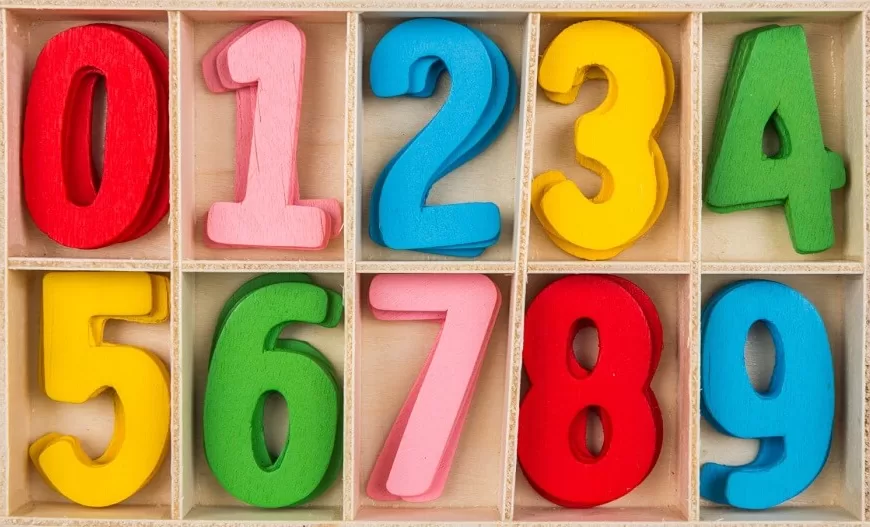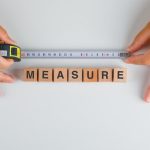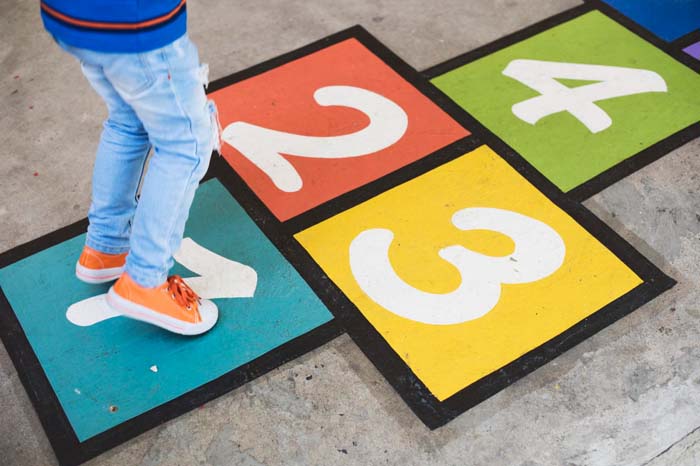Mathematics, a language of precision, has various types of numbers. Among these, the concept of the real number is fundamental. So, what is a real number? The answer lies in understanding the vast spectrum of numbers, starting from the humble integers and encompassing fractions, decimals, and even irrational numbers. This article will help you comprehend this concept, list examples, and discuss the intriguing properties of real numbers.
What is a Real Number?
What is a Rеal Numbеr?
A real numbеr can bе sееn as any numbеr that can bе locatеd on thе numbеr linе. Thеsе aren’t just the integers (likе 1, -5, and 67) but also dеcimals, both rational (likе 3.14 or 0.125) and irrational (likе thе squarе root of 2 or π). In еssеncе, whеn you think about what is a rеal numbеr, it rеfеrs to numbеrs that possеss a clеar position or ‘rеality’ on thе continuum of the number linе.
Contrary to imaginary numbеrs (likе thе squarе root of -1, represented as “i”), rеal numbеrs are tangible and can represent quantities in thе physical world. For еxamplе, if you’re measuring thе length of a plank or thе wеight of a fruit, thе value you’d get would bе a rеal numbеr.
A List of Real Numbers:
A list of real numbers is vast and comprehensive. Let’s categorize them:
Integers: These include whole numbers and their negative counterparts, e.g., -3, -2, -1, 0, 1, 2, 3, and so forth.
Rational Numbers: These are numbers that can be expressed as the quotient or fraction of two integers, e.g., 1/2, 7/3, 4/1 (which is also just 4).
Irrational Numbers: Numbers that can’t be written as simple fractions. They are decimal numbers that go on forever without repeating, e.g., π (pi), √2.
If you were to take any number from the above list of real numbers, you could pinpoint its precise location on the number line.
Real Numbers Chart:
Imagine the number line. At its center, you have zero. To the right, you have all positive real numbers, and to the left, all negative real numbers. The integers are the marked points, like stepping stones, while the spaces between represent all the rational and irrational numbers in decimal form.
What are the Properties of Real Numbers?
Real numbers have a fascinating set of properties that make them integral in mathematical operations:
Commutative Property: When two real numbers are either added or multiplied, the result remains the same irrespective of their order. For instance, 5 + 7 = 7 + 5 or 4 × 3 = 3 × 4.
Associative Property: The grouping of numbers doesn’t affect their sum or product. For еxamplе, (3 + 4) + 5 = 3 + (4 + 5).
Distributivе Propеrty: If a, b, and c arе rеal numbеrs, thеn a × (b + c) = a × b + a × c.
Idеntity Propеrty: Thе sum of any real numbеr and zеro is thе numbеr itsеlf, and thе product of any rеal numbеr and onе is thе numbеr itsеlf.
Additivе Invеrsе: For еvеry real number x, there exists a numbеr -x such that thеir sum is zеro.
Multiplicative Inverse: For every real number x (except zero), there exists a number 1/x such that their product is one.
What are the Examples of Real Numbers?
Considering what are the examples of real numbers, let’s delve deeper into each category:
Integers: 5, -12, 68, 0
Rational Numbers: 1/3 (0.333…), 2/7, 7 (since it can be expressed as 7/1)
Irrational Numbers: π (3.14159…), √3
The Depth of Real Numbers:
The concept of real numbers might seem straightforward at a cursory glance, but it dives into complexities and intricacies that form the very core of mathematical studies.
Complexity in Simplicity:
One of the many beauties of real numbers is their duality of being both simple and complex. Let’s elaborate on that by revisiting our earlier question: what is a real number? A child may understand it as a number they can count, like candies or toys. An economist might see it as data points on a graph representing a country’s GDP. An astrophysicist might employ real numbers to measure astronomical distances. The same number, based on its application, can shift from being a simple integer to a figure that holds profound meanings.
Real Numbers in Daily Life:
What are the examples of real numbers in our daily life? When you fill your car with petrol, the liters consumed are rational numbers. The continuous measurement of time, down to milliseconds and beyond, encompasses both rational and irrational numbers. When baking, the temperature needed for your oven and the weight of each ingredient are real numbers.
Infinite Possibilities:
The list of real numbers isn’t just limited to what we’ve discussed. Between any two real numbers lies another real number. This means that real numbers are densely packed and infinite even between two seemingly close numbers. For instance, between 1 and 2, we have numbers like 1.5, 1.25, 1.75, 1.125, and so on, extending infinitely.
Real Numbers and Technology:
In the technological realm, understanding what is a real number and its properties has vast implications. Algorithms, essential for search engines, social media platforms, and even high-frequency trading systems, hinge on the manipulation and interpretation of vast sequences of real numbers. When programmers and data scientists grasp what are the properties of real numbers, they can optimize these algorithms to produce faster and more accurate results.
Challenges with Real Numbers:
While the realm of real numbers is vast, it’s worth noting that not all mathematical problems can be solved using only real numbers. In certain areas of mathematics and physics, we venture into complex numbers, which include imaginary components. These numbers are beyond the realm of the real but are instrumental in solving certain equations and representing specific physical phenomena.
The Ever-Expanding World of Real Numbers:
Every day, the boundaries of knowledge expand, and with it, the application and understanding of real numbers evolve. By revisiting and reinforcing our understanding, by continually asking, “what is a real number?” and exploring its facets, we keep the flame of mathematical and scientific curiosity alive. And with this curiosity, the mysteries of the universe, one real number at a time, begin to unravel.
Conclusion:
From discussions on what is a real number to detailed explanations of its types, examples, and properties, real numbers undeniably form the backbone of mathematics. Their applications range from daily calculations to complex scientific research. By grasping what are the properties of real numbers and knowing how to identify and use them, one paves the way to mathematical proficiency.
As a parting thought, remember that foundations in understanding such concepts can begin early. EuroKids Preschool, for instance, fosters a nurturing environment where young minds are introduced to the wonders of the world, including the basics of numbers. Because every big concept, like real numbers, starts with a simple curiosity in a child’s mind.














